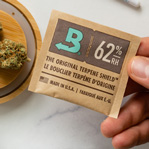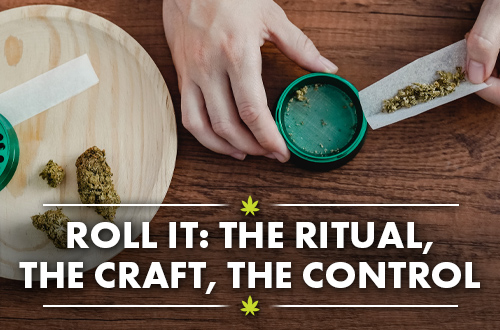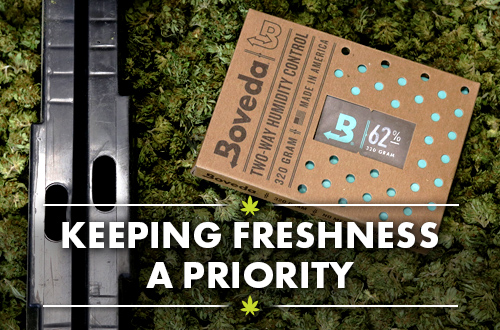Anthropologically speaking, horticulture has been a common hominid activity for millions of years. Nomadic hunter-gatherers roamed but no doubt remembered fertile locations to return to. We may have wanted meat but up to 70% of our food source was plant-derived. It follows then that the urge, skill and instinct to garden exist within many of us, as if it’s part of our DNA. Depending on the season and which Plant Hardiness Zone we’re in, if we’re not planning, we’re gardening! Then looking to Mother Nature to guide our actions.
When I was growing up, I noticed that my father would fertilize the grass during certain times of the year. Then I didn’t realize that fertilizing was a seasonal task influenced by the weather. Before a rain, he’d sprinkle fertilizer on the grass, so the rain water could wash fertilizer into the soil. His actions were guided by The Old Farmer’s Almanac, the farmer’s weather oracle. (And no doubt, the evening’s weather forecast as this was long before The Weather Channel’s 24-hour news cycle.)
Instinctual knowledge and practice fascinate me. Even today, humans all over the planet partner with nature to survive and thrive. We humans are amazingly inventive when the need arises. From necessity comes brilliance.
My parents’ house has a “root cellar” where carrots and potatoes were stored each fall. Within its rough stone walls and dirt floor, this small cave-like room preserved generations of vegetables. The relative humidity in there stays at the perfect level for months.
What is shown is my dream root cellar. Oh, to live on a farm instead of an eighth-floor apartment!

My mom used to say, “Run down to the hole and grab some potatoes, Di!”.
We ate fresh homegrown potatoes for St. Patrick’s Day every year!
Legalization Leading to More Home Grow?
Gosh, I hope so. Today the urge to grow is once again awakening. (Although for some of us, getting our hands dirty never went dormant.) Perhaps lifting prohibition will allow all cannabis enthusiasts to grow our own medicine if we’re willing and able.

Growers of herbs and herbal medicine are learning, planning and gathering seeds. Online forums are alive with research into gardening techniques, nutrient teas and ways to preserve the bounty. These lessons and my experiences are what drive my Home Grow series for Boveda.
“Experience is not what happens to you; it’s what you do with what happens to you.”
-Aldous Huxley
Whatever Happens with Moisture, Trust Boveda for a Perfect Cure (and Stash)
In my garden at the top of the world—or at least the eighth floor—humidity control has been an issue. Before growing my herbal medicine, my only beef with humidity was that it frizzed out my hair.
As a grower of plants that require drying and curing, humidity is a daily consideration. For instance, seeds continuously deteriorate. Moisture content and temperature only speed up the process. Now I keep all of my seeds in my wooden sock drawer where it’s cool and dry.
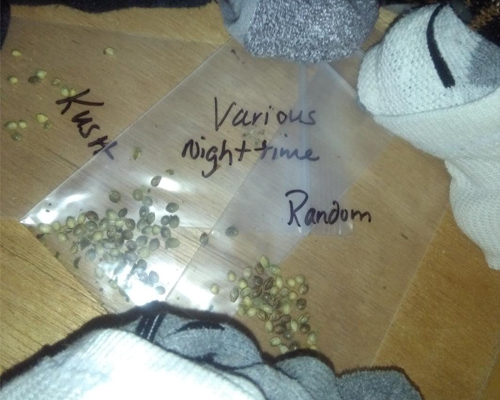
After harvest and drying, humidity control proved even more challenging. So airtight containers were a must. Boveda creates a controlled environment within the containers that improves medicine though a safely controlled curing process.

Preservation chambers are as old as the ancient Egyptians and Mayans.
Airtight containers, like today’s CVaults are favored by cannabis cultivators to store the seed, cure the harvest and squirrel away the bounty. When it comes to safely storing moisture-sensitive products like cannabis, a root cellar won’t do. To avoid mold growth (and over drying), cannabis must be kept in a moisture-controlled airtight environment.
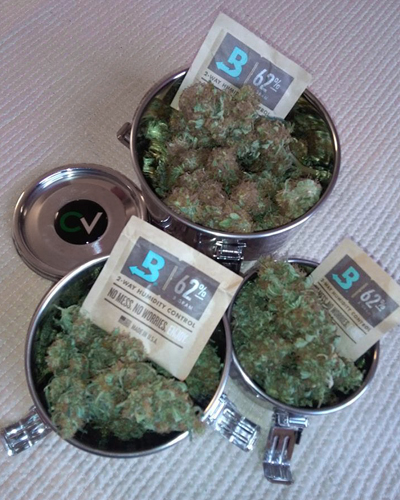
Just look at my moist, healthy buds!
Choose the Boveda Cannabis Formula Right for Your Climate
Throughout the winter, my apartment is arid. So I chose the Boveda 62% RH formula to tuck into airtight containers with my cannabis. Boveda 62% RH is made for drier climates and for moister strains of medicine. In my case, I used Boveda 62% RH during the winter. Every time I open my containers, the dry air surrounding them rushed in. And I didn’t want that dry air zapping moisture—and potency—from my medicine. I worked hard to grow my own flower, so I wanted to retain my precious terpenes.
Even with my a/c unit running, I suspect humid summer months will find me switching to the Boveda 58% RH formula for my jars. Conversely, Boveda 58% RH is made for more humid climates and drier strains of flower. As a home grower, I’m glad I can fine-tune my humidity control needs with Boveda’s cannabis formulas.

Dianna Donnelly is a cannabis educator, blogger, and freelance writer living in Kingston, Ontario. She counsels new patients on the safe and effective use of medicinal cannabis and believes that with enough time, cannabis, and coconut oil she can heal the world.
Dianna Donnelly’s posts are being provided for informational purposes only; they do not constitute an endorsement or an approval by Boveda of any of the products, services or opinions of Dianna Donnelly. Boveda bears no responsibility for the accuracy, legality or content of this post or links to the posts. Contact Dianna Donnelly for answers to questions regarding her content.
More from Dianna: Your Cannabis Buds Deserve Boveda

